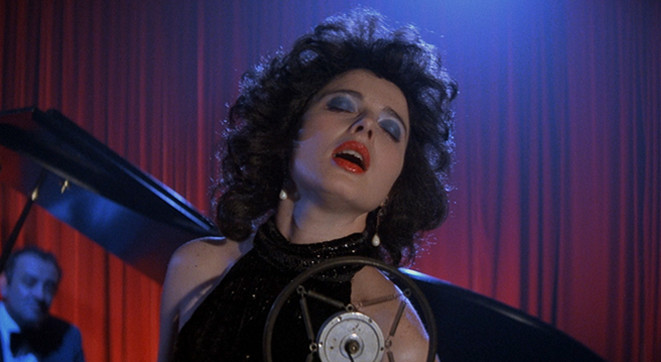
A man’s shadow follows him wherever he goes. Contrary to what we’d like to believe, gothic fiction doesn’t require a haunted Victorian mansion or an old, dark crypt. Darkness can be found in the commonest of places; even your own house.
The “Suburban Gothic” focuses on that darker side of the neighbourhood. It treats the supposedly safe suburbia as a gothic space: a site where light and shadow, life and decay, and dreams and nightmares are forever clashing.
Such pieces can be traced back as early as the 1950s and 60s during the massive flock of western populations to the suburbs. Great authors such as Shirley Jackson, Ira Irvin and Vladimir Nabokov were quick to find the kinks in the modern American Dream, painting the densely packed, candy-coloured “utopia” as a perverted, conformist nightmare. It wasn’t long until such fears and frustrations leaked onto the silver-screen.
“Suburban Gothic” is a term which is admittedly used very loosely, often referring to genres as diverse as horror, mystery, dark romance, comedy, tragedy, satire, fantasy, noir and even science fiction.
To identify a true suburban gothic, one must look for gothic conventions which have then been placed in the neighbourhood, such as graphic depiction of death, decay and sex, Freudian uncanniness, literal and metaphoric interplays between light and dark, and characters like the virginal maiden, the satanic monster, the star-crossed lovers and the Byronic hero.
Above all, the setting itself must be a character. In gothic fiction, the place is everything. Like Dr Jekyll the suburbia too is a man of two faces.
Some say cinema is a dream; if that’s true it can also be a nightmare. In any case, once the film finally goes to black we’re forced to accept that any image of a quiet, suburban dream we saw was simply a mirage, a passing whim, an image and an image nothing more.
What’s behind the pretty picture? What are we hiding? That is the question.
15. Kill List (2011)
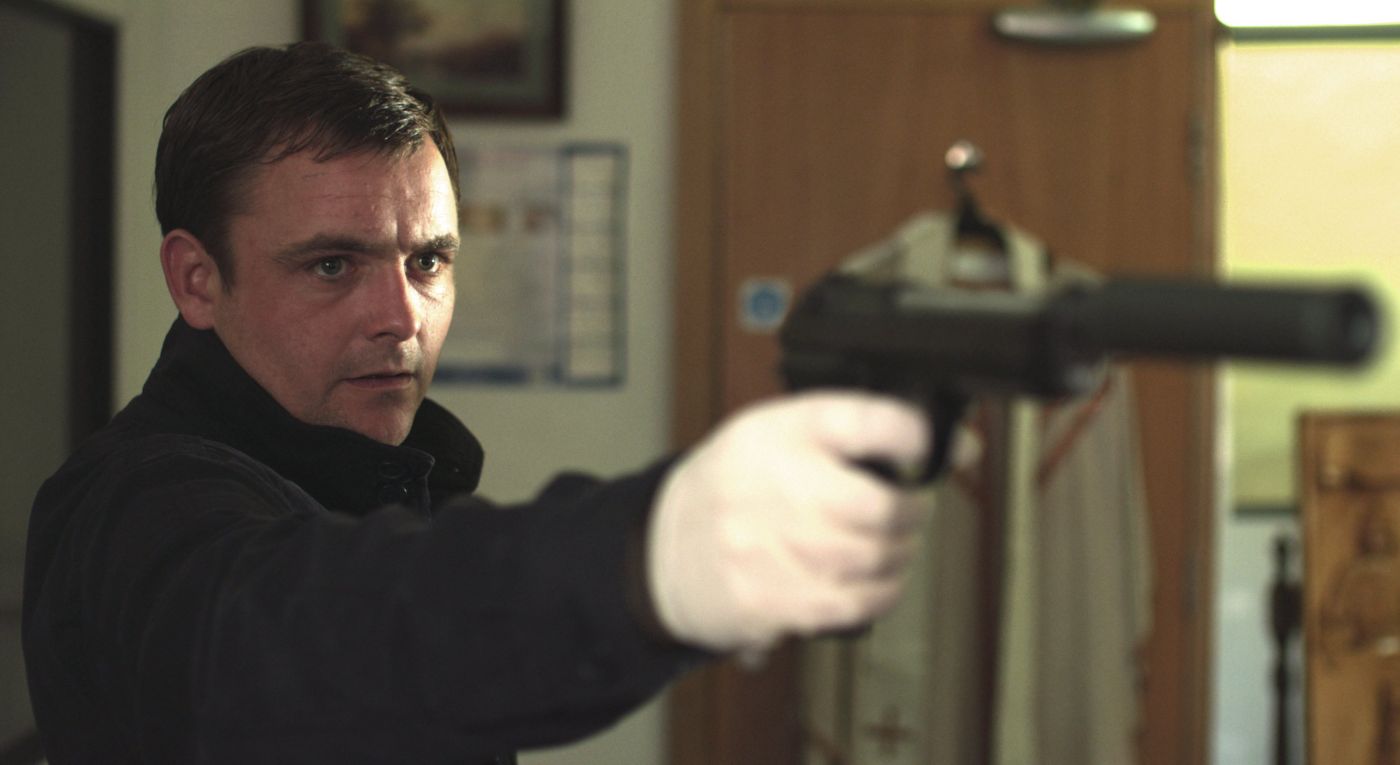
In 1948, Shirley Jackson’s short story The Lottery shocked audiences by unveiling a deadly community secret. In 2011, Ben Wheatley accomplished a similar kind of unease in his horror film Kill List, which warned of a dark ritual disguised beneath the near-impenetrable veneer of the quiet English neighbourhood.
In the film, a damaged hitman (Neil Maskell) accepts a job offer from a friend (Michael Smiley) to kill three men; a job which slowly plunges them into a dark ceremony.
It’s easy to find references to The Wicker Man, but whereas Anthony Schaeffer’s masterpiece told of a devastating secret on an isolated Hebridean island, Kill List is much closer to home. From the opening, violent dispute, Kill List, with its hand-held camera angles and realist dialogue, seems something of a kitchen sink tragedy rather than horror film.
The suburbia, painted in rusty browns and sickly greens, is place of contained wrath, guilt, desperation and class-consciousness. We uncover darker and darker manifestations of evil in the neighbourhood, each of which is introduced in massive titles like a ritual.
It runs headfirst into a climax of equal parts terror and bewilderment. It’ll likely leave you wondering, but then again, the film’s is much less about solutions than it is about appearances: a calm neighbourhood, a mild-mannered man and the festering nightmare glimpsed beneath.
Kill List is by far one of the best horror films made in recent memory. It’s at once restrained and uncompromisingly cruel, and marks an impressive second picture by one of Britain’s finest living directors.
14. Poltergeist (1982)
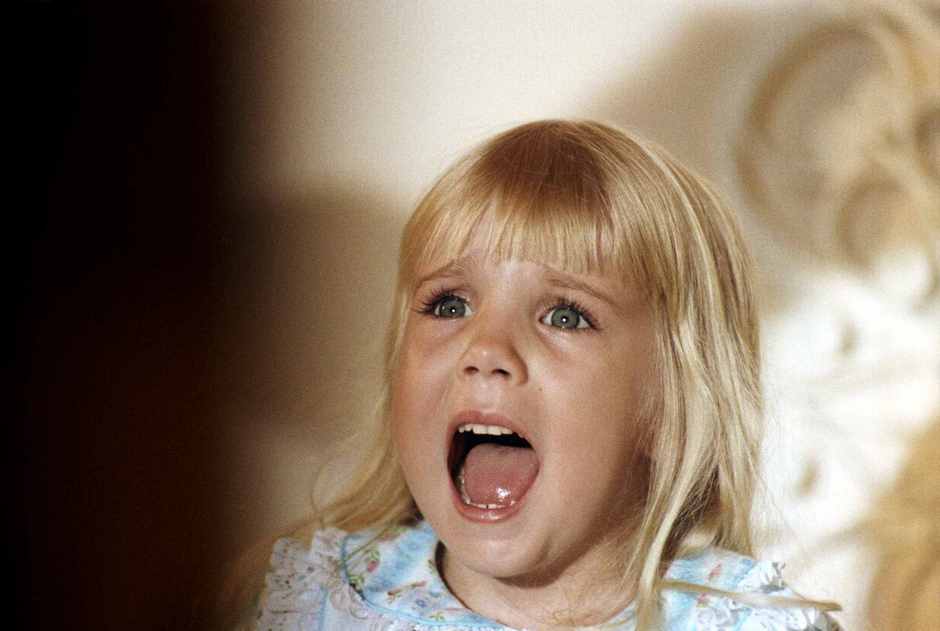
While it’s undoubtedly tame in comparison to most of today’s horror films, Poltergeist remains a classic in the genre for one simple reason: it’s aimed at the family. The characters, the setting and the atmosphere – a brilliant mix of Spielberg charm and Hooper terror – are all-too-familiar; they’re too close to home.
A family comes to discover that their new home is haunted by ghosts.
While applause rightfully deserves to go to its tightly-written script, great performances, sharp direction and impressive special effects, what truly makes Poltergeist scary is its setting; it occupies a space which lives and breathes suburbia.
It’s true that The Amityville Horror had already adapted the idea of a hunted neighbourhood house, but thanks to Spielberg’s experience in working with suburban settings, the characters and locations of Poltergeist are more convincing and, ultimately, more terrifying.
It’s frightening to consider that evil isn’t imposed; it’s inherited. Regular shapes – a tree branch, a doll, a closet, a murky pool – become deformed into something sinister.
The film immediately finds something evil and otherworldly in the ordinary. It begins with extreme close-ups of a television screen which invite us to see shapes and monsters in the static. We’re then introduced to a normal family sleeping in their beds; there’s nothing at all strange. Then, a minute later, there’s a girl talking to ghosts as the television flickers ominously.
Perhaps the scariest thing about Poltergeist however was that it obtained a PG rating. It doesn’t just frighten adults or even children for that matter: it frightens families, and that’s saying something.
13. Excision (2012)
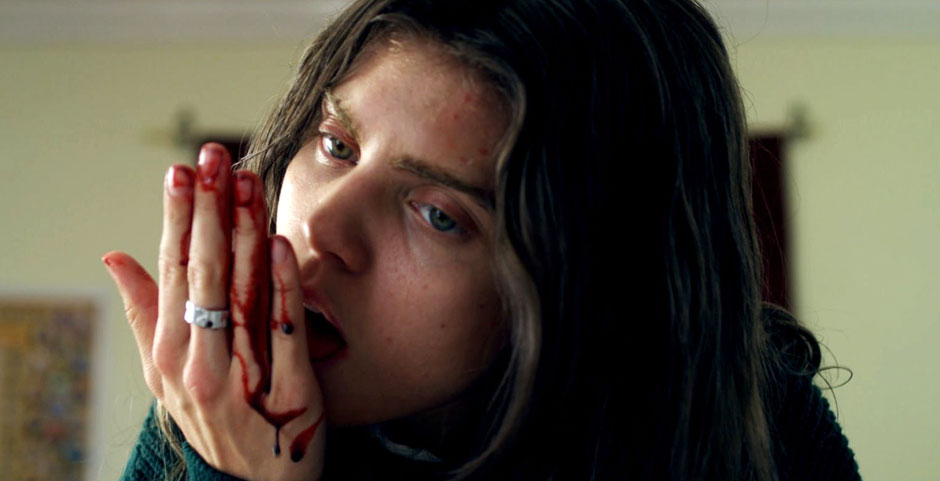
If one was confused as to what director-writer Richard Bates Jr. was trying to achieve in his debut horror-comedy, one only has the read the title of his second film: “Suburban Gothic”. Excision is a bizarre mix of terror and humour, and without a doubt one of the most twisted and unique looks as the neighbourhood any film has dared to offer.
An outcast teenager (AnnaLynne McCord), dreaming of a career as a surgeon while domineered by her overbearing mother (Traci Lords), indulges in a series of increasingly violent psychosexual fantasies.
These fantasies – if indeed they can be called that – are probably the most memorable sequences in the film. Wordless, naked bodies wander a white and blue room of peculiar cleanliness and fulfil desires of the most depraved order. It’s not a world of neighbourhood decency or even common logic for that matter; but one of pure carnal desire.
Bates offers up the usual imagery of the brightly-coloured neighbourhood and the exaggerated, fissuring archetypes of the Stepford Wife and the Nuclear Family. He then tears that veneer away and shows us how suburban life will corrupt the mind, the body and the soul.
Unapologetically funny, Excision is brilliant in a twisted kind of way. While Bates’s recent follow-up Suburban Gothic perhaps isn’t quite as impressive, it’s certainly a step above the vast majority of horror films around today.
12. A Girl Walks Home Alone At Night (2014)
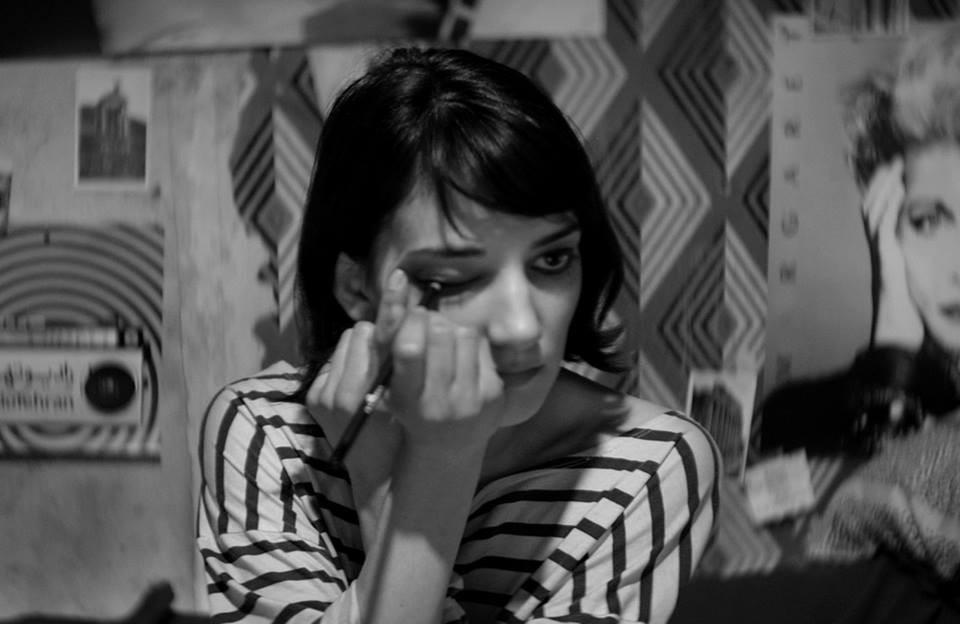
Ana Lily Amirpour’s vampire western is perhaps the most unorthodox choice on this list. It’s not a typical neighbourhood tale – no – but A Girl Walks Home Alone At Night, as a stylish clash of genres and cultures, finds the fraying ends of the suburbia and unravels the evil lurking beneath.
An unnamed vampire (Sheila Vand) stalks the streets of Bad City and hunts down its corrupt men.
Where is the suburbia? A Girl Walks Home Alone At Night is billed as an “Iranian movie”, and while that’s true of its director, its language and its references to the Iranian New wave, it was filmed entirely in California. There may be homages to spaghetti westerns and arthouse surrealism, but there are times when the characters are unmistakably walking down a typical American suburban street.
The luscious black and white cinematography gives a darker edge to the neighbourhood. What’s interesting is that Amirpour presents the suburbia as both corrupt and corruptible.
On the first note, the suburban landscape is portrayed as a foul patriarchy where evil men reign and where women are pushed to the shadows. On the second, the American suburbia isn’t portrayed as a pretty, tightly-knit mirage as it is in most films, but a grimy place literally decaying into the desert. Stranger still is that the suburbia, an icon of Americana, is transported to a strange, mythical place; it’s lost any firm notion of cultural identity.
A Girl Walks Home Alone At Night is at the very least an interesting watch. It reminds that in the end the suburban landscapes of two places and two times are ultimately the same; they each hide the same shadows.
11. Carrie (1976)
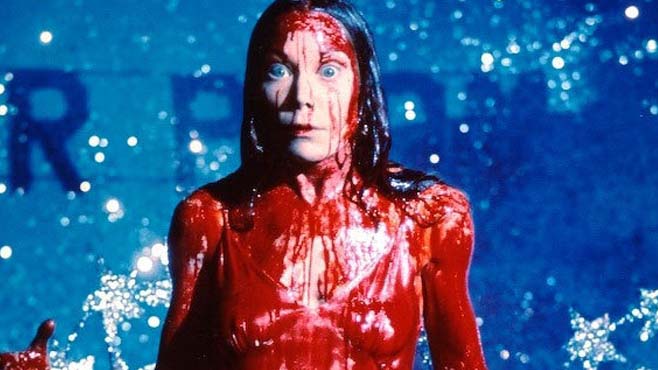
Brian de Palma’s adaption of the Stephen King novel was the first of over a hundred appropriations of the author’s works and, without a doubt, remains one of the finest. Part teen horror and part coming-of-age tragedy, Carrie was one of the very earliest films to outright criticise the patriarchal, puritan views of modern America, and to show real evil lurking in the neighbourhood.
A shy teenager (Sissy Spacek) who’s abused at school by her peers and at home by her fanatical mother (Piper Laurie) develops telekinetic powers.
On the surface it seems like an archetypal teen drama: it’s the sad story of an outcast teenager who’s introverted, naïve, over-protected, bullied, misunderstood and refrained from reaching her full potential. The settings too are familiar: there’s the quiet suburban streets of virginal white and the sickly-coloured schoolrooms. The difference which Carrie makes is that it takes these “ordinary” evils, amplifies them and then asks “what if…?”
Carrie’s inevitable outburst is a tour de force of blood and flames, and is amongst the most iconic climaxes in cinematic history. It’s a tragedy in that the cage has made a monster; the two worlds collide and everything is destroyed. People die, cars crash, buildings burn and the very suburbia itself is consumed in the inferno.
Carrie is a film that doesn’t simply remind us that the suburbia has a dark side; we already knew that. Instead, it warns that eventually the neighbourhood’s shadows must meet the light, and on that day, no soul shall be spared.
10. Heathers (1988)
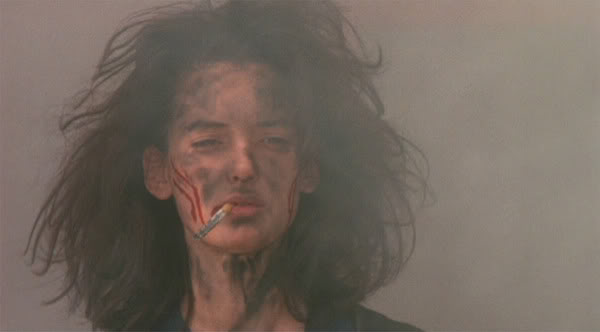
What at first seems like a harmless high school comedy quickly morphs into a violent rendition of Bonnie and Clyde. Outrageous, morbid and truly bleak, Michael Lehmann’s Heathers has lost none of its potency in the last three decades, and arguably remains the best and the most troubling look at high school life in the suburbs.
Veronica (Winona Ryder), a frustrated member of a high school clique, teams up with a sociopathic stranger (Christian Slater) to kill her friends.
The film opens in a brightly-coloured yard, seemingly representing the Garden of Eden, where we see three brightly-dressed girls – all with the same name – playing croquet while “Que Sera, Sera” plays dreamily in the background. It’s a softly-lit dream which will slowly peel away: “whatever will be, will be.”
The conventions of the high school drama are played out to the max: there’s the popular clique, a group of poor outsiders, and vibrant costumes and sets. Unusually, gothic traits are infused into the mould, notably the psychopathic Byronic hero, a string of murders and suicides, dark rooms drowning in red and blue light, and the emphasis on dreams and fantasies.
If there’s anything to be learnt from its carnage of guns and explosions and of teenagers drinking disinfectants, it’s that the any dream – be it for popularity in the neighbourhood or a perfect teenage romance – can quickly become a nightmare.
While critics have noted the influence of Heathers in later high school comedies such as Mean Girls (2004), no such film has ever been quite as dark or as ambitious. A morbid look at the teenage angst seething beneath the suburbia, it offered proof that anything bottled-up and left to simmer was sure to explode.
9. American Beauty (1999)
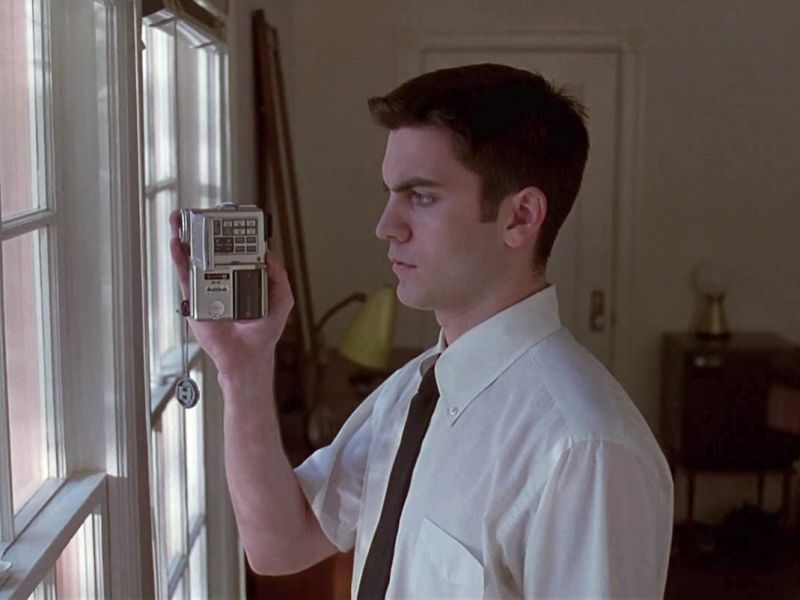
Dark yet enlightening and acidic yet sweet, American Beauty was one of the last great American films of the twentieth century. Packed with painful honesty, dark wit and unexpected beauty, Sam Mendes’s tragedy-cum-melodrama blatantly saw the suburban household for what it is: a candy-coloured jail cell.
Lester Burnham (Kevin Spacey), a quiet suburban husband, has a mid-life crisis after becoming infatuated with his daughter’s best friend (Mena Suvari).
After a quick home-video we fade into an aerial shot of identical suburban houses arranged orderly line after line after line as if blocks in a prison. We’re told from the very beginning what’s going to happen to our hero; we know that once he rebels against the “normal” way of life, blood must be spilt; it’s only a matter of time.
In many ways the suburban landscape of American Beauty resembles a modern-day Garden of Eden. It’s the perfect life; the cost of which is ignorance: one may never bite the forbidden fruit of knowledge and discover the truth. There’s prettiness even in the least of things – a plastic bag in the wind for example – yet, as long as we’re under the spell of the suburbs, we’ll never be able to see it.
Set at the foot of a new millennia, American Beauty warned the new generation of what their lives would be if they refused to make a change. It paved the way for later masterworks which would elaborate on the frustration of neighbourhood life such as Todd Field’s Little Children and Jennifer Kent’s The Babadook.